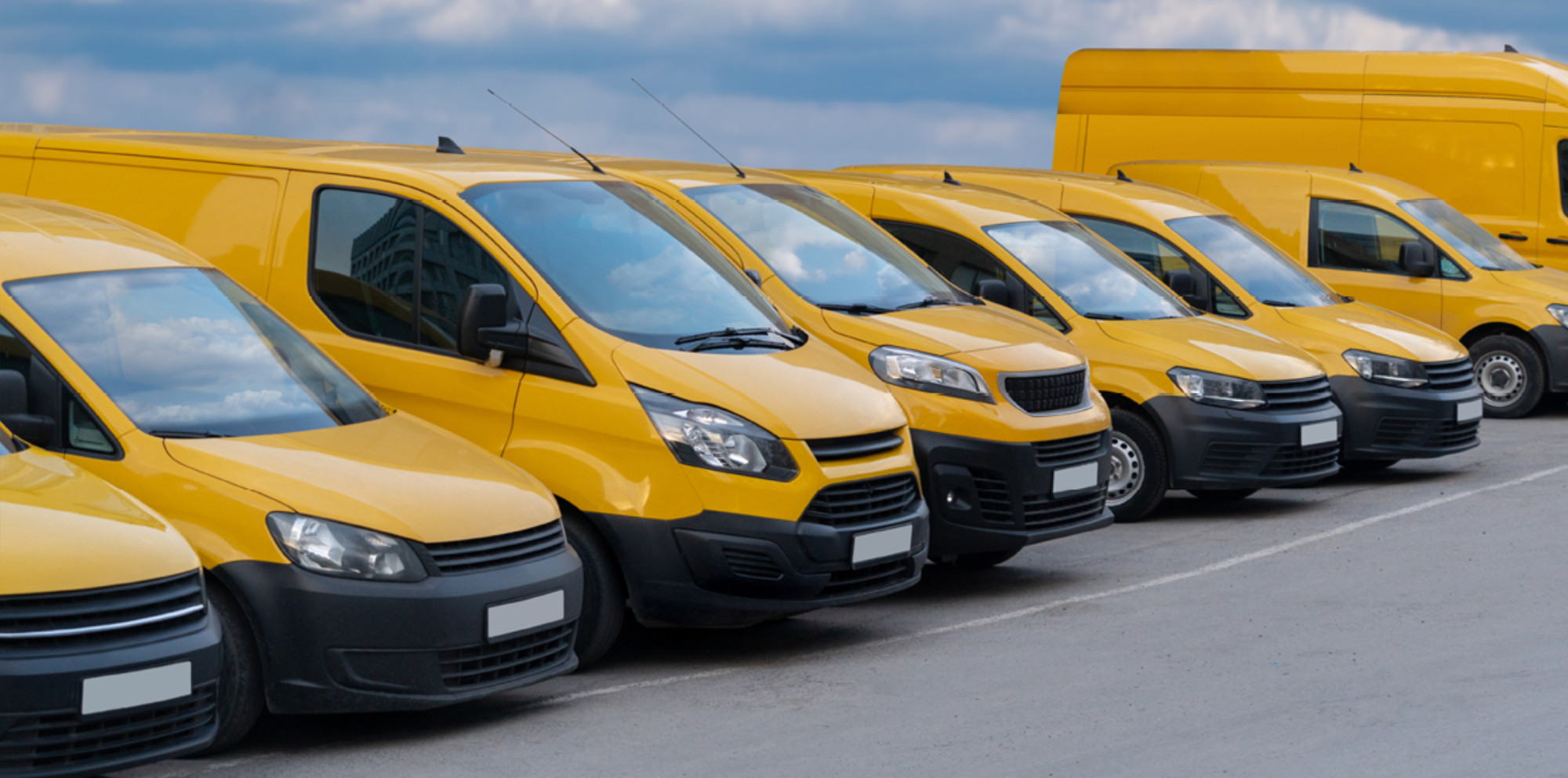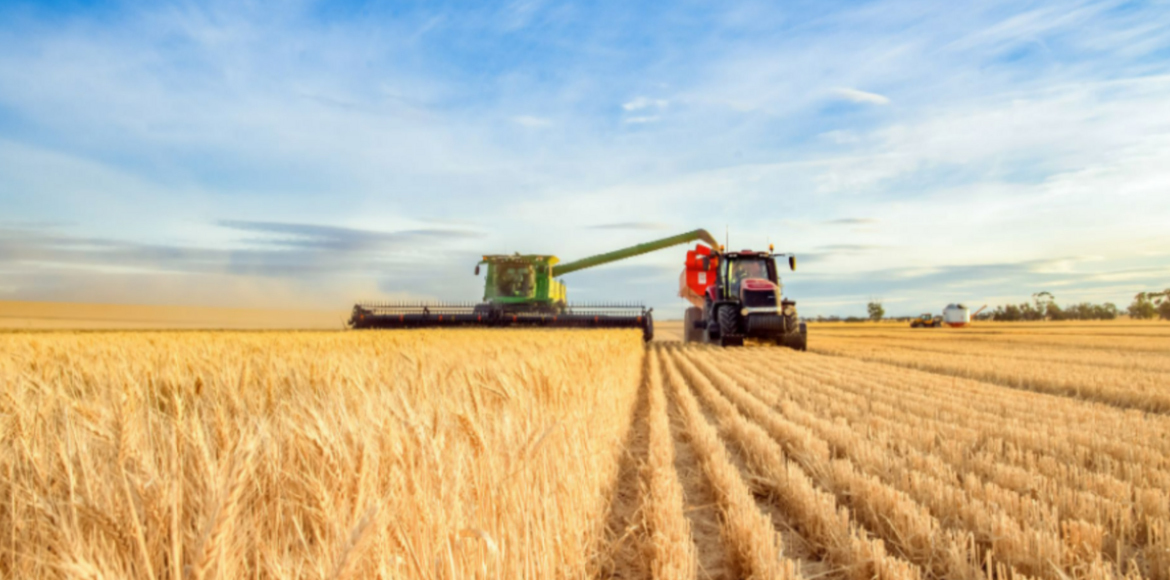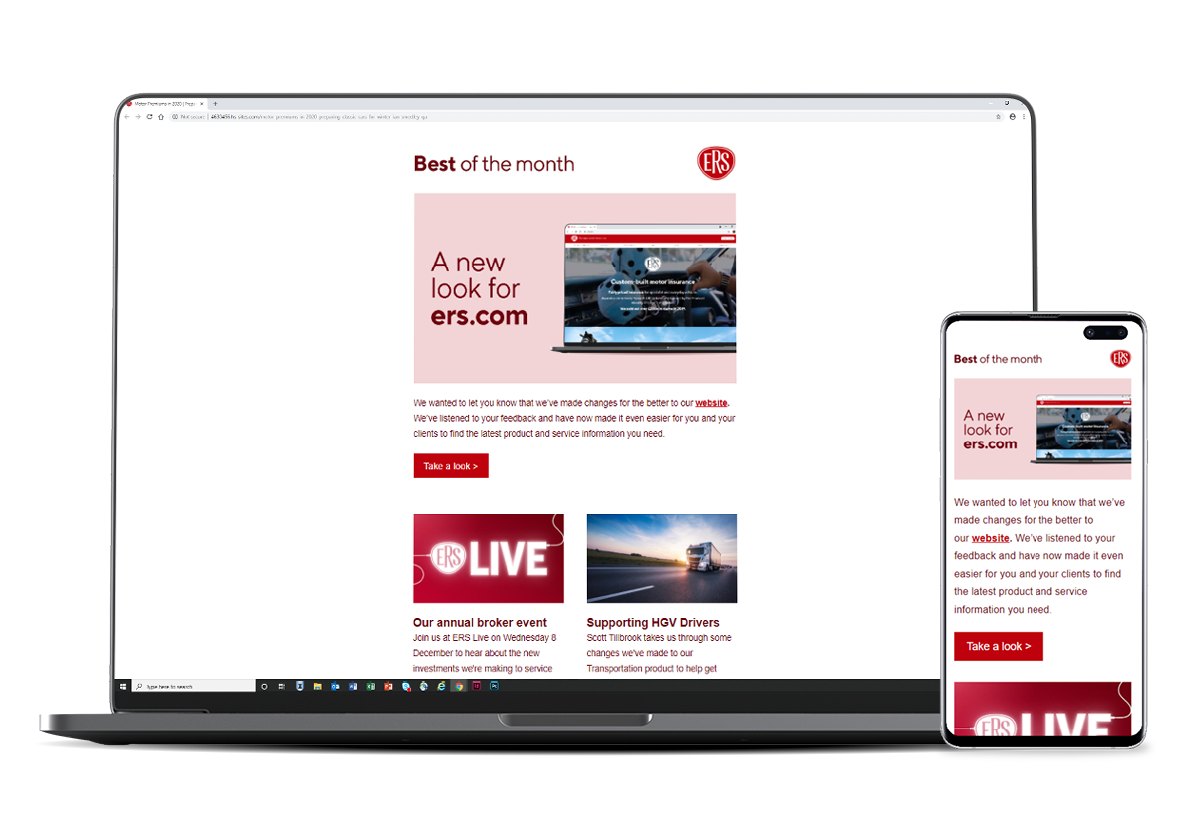Since the start of the pandemic, the motor industry has had to continuously adapt to changing circumstances, unexpected disruption and external pressures that persist to this day.
At ERS, we’ve offered additional flexibility to our Fleet customers throughout the pandemic, including laid-up cover for fire and theft on a blanket basis, and relaxing the terms of our change of use policy to allow fleet owners to diversify how they deploy their vehicles.
Several months into 2022, the data finally suggests that the influence of Covid-19 on road usage and driver behaviour is waning. So, what is the reality out on the UK’s roads, and have we finally arrived at the elusive ‘new normal’?
Changing driving patterns
While overall road usage is similar to pre-pandemic levels, underneath the bonnet, a lot has changed.
Firstly, we’re seeing around 10% more vans and HGVs on the roads, serving the delivery demands of the online shopping boom. This growth in goods carrying vehicles could have been higher were it not for driver shortages across the industry. Tremendous efforts are being made to attract junior talent, but due to Covid backlogs, it is currently taking 6-9 months to book driving tests, delaying the influx of new professionals onto our road network.
While there are more goods carrying vehicles, there are currently fewer cars, suggesting that the lockdown-induced cycling mania and group walkathons have translated into long-term shifts in behaviour. Rush hour traffic is staggered rather than condensed (as it was pre-pandemic), largely thanks to more flexible working patterns. And while passenger and coach travel hasn’t yet returned to pre-pandemic levels, rising fuel costs may well encourage more commuters to switch from cars to passenger services in the near future.
One further area that may affect road usage is the resurgence of leisure and tourism. Now the Government has removed all travel restrictions and testing requirements when arriving in the UK, we could be in for a bumper holiday season, with overseas visitors returning in their droves. It’s encouraging news for passenger and coach fleet owners, who endured a torrid time during the pandemic. Self-drive hire companies could also stand to benefit, although many are still finding it a struggle to maintain stock levels of new vehicles.
Inflationary pressures and supply chain delays
The pandemic may be receding, but unfortunately, a new wave of external pressure is spreading across the motor industry.
Supply chain challenges are extending into every corner of the market – from new car lead times to delayed turnarounds on repairs. And as Simon Muir, our Head of AD Claims, has written about recently, the UK’s repair network is suffering from a replacement parts shortage and a shortage of skilled labour – both issues that will also take time to resolve.
Fleet owners looking to grow their fleets or replace older models may have their work cut out. And while many will opt instead to sweat their existing assets for as long as possible, they need to be mindful that repairs could take longer.
Of course, at the back of their minds, owners will also be mindful of the need to prepare for the Government’s 2030 new petrol and diesel car sales ban. While a mass transition to EV fleets won’t happen overnight, we are starting to see the steady introduction of individual electric vehicles into existing fleets. Certainly, EVs can offer compelling savings to fleet owners looking to curb their rising operational costs, so we’re anticipating growing demand for mixed fleet policies covering petrol, diesel, hybrid and electric vehicles – a great opportunity for our brokers, particularly in consistent performance areas such as Own Goods & Trades.
Understanding where the fleet market will head next
Across the motor industry at large, claims levels – like overall road usage – have now returned to normal. Some areas of the market remain supressed, but the reality is that rate rises are all but inevitable as the year progresses.
Unfortunately, many insurers drove rates down aggressively during the pandemic based on a short-term view of collision and claims data that could not possibly hold once road usage began to rise again. We’re seeing less and less flexibility from these markets, with prices likely subject to double-digit increases by the end of 2022.
A partner you can trust
Our position has been realistic, steady and disciplined throughout the pandemic, and this is exactly how we intend to proceed going forwards.
For fleet owners, we offer much-needed consistency at a moment when there’s precious little consistency to be found elsewhere in their professional lives. What’s more, our fleet offering is supported by a dedicated team of experienced claims handlers and engineers, and a breakdown add-on which features a 30% discount on 11+ vehicles.
Across the motor industry, we’re all facing another year of uncertainty, instability, and readjustment, which is why we’re reaching out to all our broking partners to make them aware of current market realities and service expectations.
But rest assured, our knowledgeable and approachable underwriting team is open for business and on hand to discuss every risk. We understand that every fleet owner has different needs and their own story to tell, and we’ll make it our business to give them the A+ rated cover – and the consistency – they deserve.






